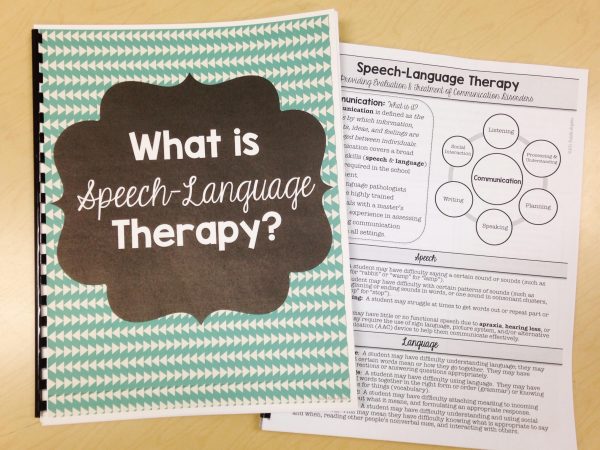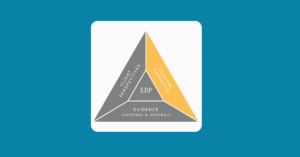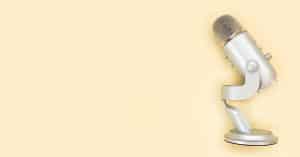If you’re anything like me, you have a list a mile long of things you want to improve! It’s kind of overwhelming! So how can you set attainable goals to grow as a speech therapist?
Here’s my 5-step process to create smart goals and set myself up for success!
Step 1: Get all of your great ideas onto paper to help build a vision for your future!
I love a good brain dump, where I jot down all of the things I’d love to do.
Don’t hold back here! Write down even your craziest ideas!
For example, you could set goals for your students (XX% will meet their IEP goals), your work goals (get more productive and organized with reports, cut down time spent billing, implement literacy-based therapy), and your personal life (leave school by 4pm daily!)
Step 2: Narrow it down to create manageable expectations for your goals.
Set yourself up for success and pick a few things to focus on.
I put this quote on my wall as a reminder. “You can do anything, but not everything!” We’ll be much better off just setting a few goals and really smashing them (compared to setting tons of goals and not really making any progress)!
Maybe in this quarter, you want to focus on being more productive with your time and make it a goal to stop taking your work home with you at night!
Step 3: Design your goals with SMART objectives.
We’re all experts at this when it comes to writing goals for our students, but the S.M.A.R.T. framework is a great reminder!
S – Specific
M – Measurable
A – Action-Oriented
R – Realistic
T – Timely
It makes it a lot easier to follow through with a goal!
So with my goal of cutting down billing time, my SMART goal was written like this: “By March 15, I will use the SLP Now Medicaid billing templates only a weekly basis to complete billing in less than 10 minutes/week.”
Step 4: Write your goal and place it somewhere visible!
We can have super fabulous goals, but they’re kind of meaningless if we can’t remember them!
I like writing my top three goals on sticky notes and putting them on my computer as a reminder.
Step 5: Ask for help from other speech therapists.
If you’re struggling with any of the steps, reach out to other SLPs! You never know what you’ll find!
Goal Inspiration
We posted on social media asking SLPs what their goals are. (Check out the post linked below to read some of their awesome ideas!)
We made a list of the most common goals and picked some resources to help you get started.
Note: These are broad categories! Don’t forget to set S.M.A.R.T. goals for yourself. 🙂
1. Get Organized
If this is your goal, then you’re in luck! I love organization and shared all of my favorite ideas here!
2. Streamline Data Collection/Medicaid Billing
Here’s a whole blog post about streamlining your data collection.
3. Increase Student Goal Awareness
Nicole Allison (Speech Peeps) shares how she set up her goal bulletin board! Love all of her functional decoration!
4. Implement Literacy-Based Therapy
I love using children’s books and stories to help students make more meaningful progress in speech therapy! Be sure to check out our blog posts for some ideas/inspiration. Don’t forget to join us at the SLP Summit for a practical presentation with tips to help you implement literacy-based therapy with your caseload, too!
5. Improve Therapy for Students using AAC
Anne Page (Beautiful Speech Life) wrote a great blog post on 5 free AAC resources. She’s an amazing resource if you’re looking to step up your AAC game!
6. Improve Fluency Therapy
Lauren LaCour (Busy Bee Speech) is your “go to” for easy-to-implement fluency therapy. She has some fabulous fluency binders in her Teachers Pay Teachers store. She also did a great presentation on fluency. I love how she combines the research (she really knows her stuff!) with her practical experience. Lots of practical ideas that you can use in your speech room today!
7. Provide Better Explanations to Parents
Scheduling time to practice explaining evaluation results/IEP goals before a meeting is a great first step.
If you want a little support, Natalie Snyders also offers handouts to make this easy! Parents are so overwhelmed at these meetings, and Natalie’s visuals are a great comprehension booster.

8. Spend Less Time Writing IEPs
I love SLP Toolkit’s Present Levels Assessments! They are a huge time-saver when it comes to writing IEPs!
9. Be an Awesome Supervisor
Maureen Wilson (The Speech Bubble SLP) has a fabulous binder to keep you organized!
10. Self-Care
Shannon from Speechy Musings offers some great support and advice when it comes to self-care. This blog post is a great place to start!






Leave a Reply